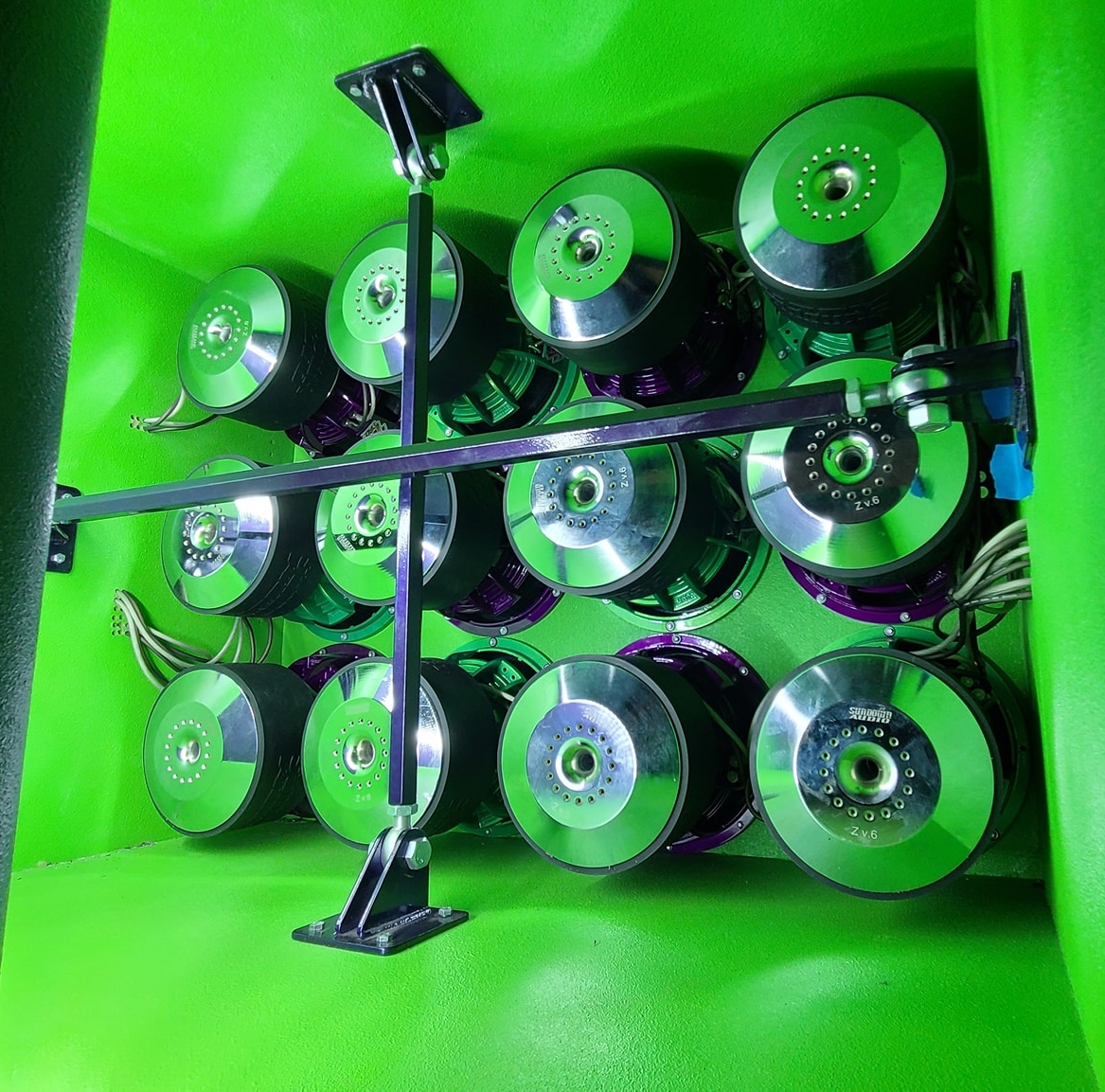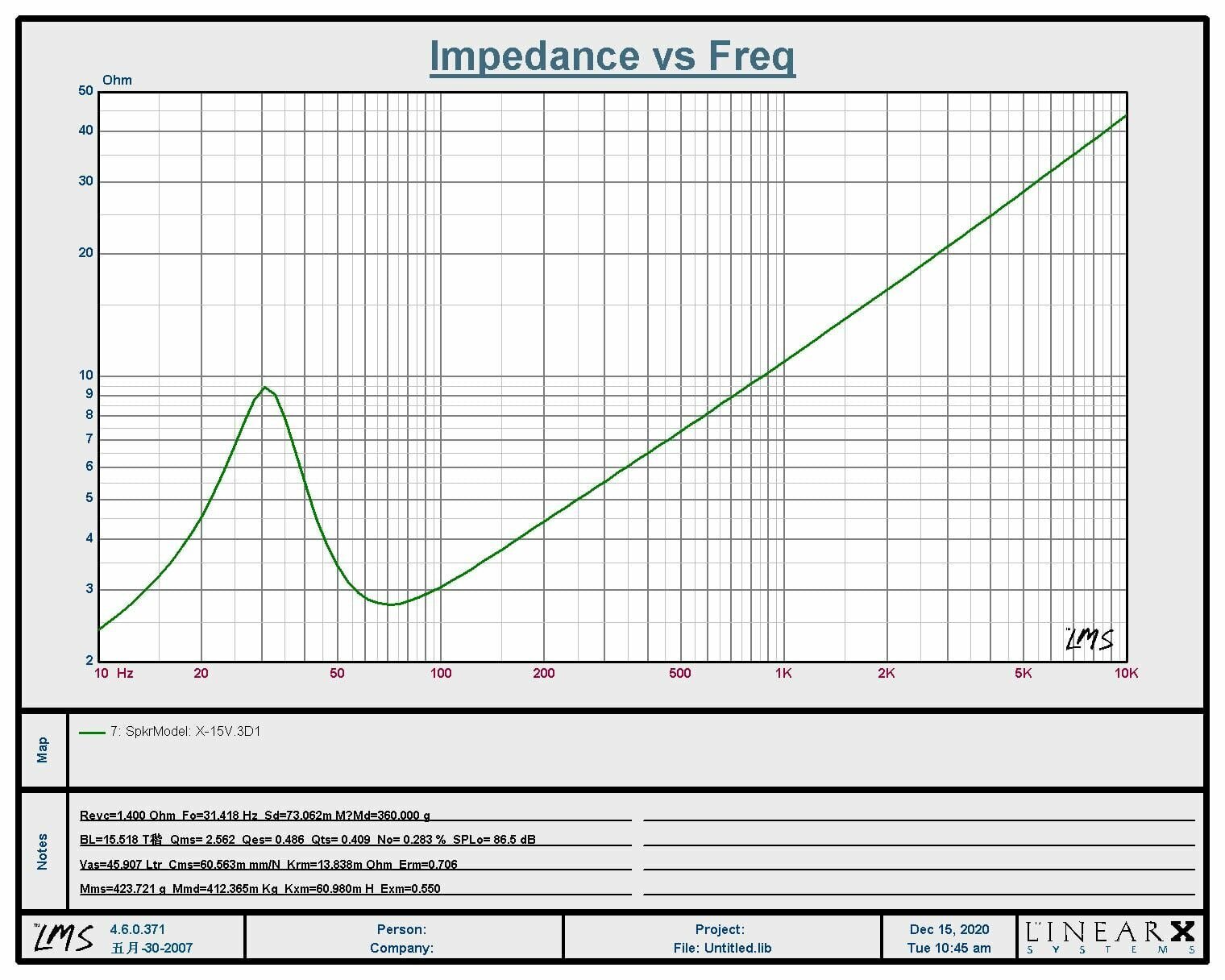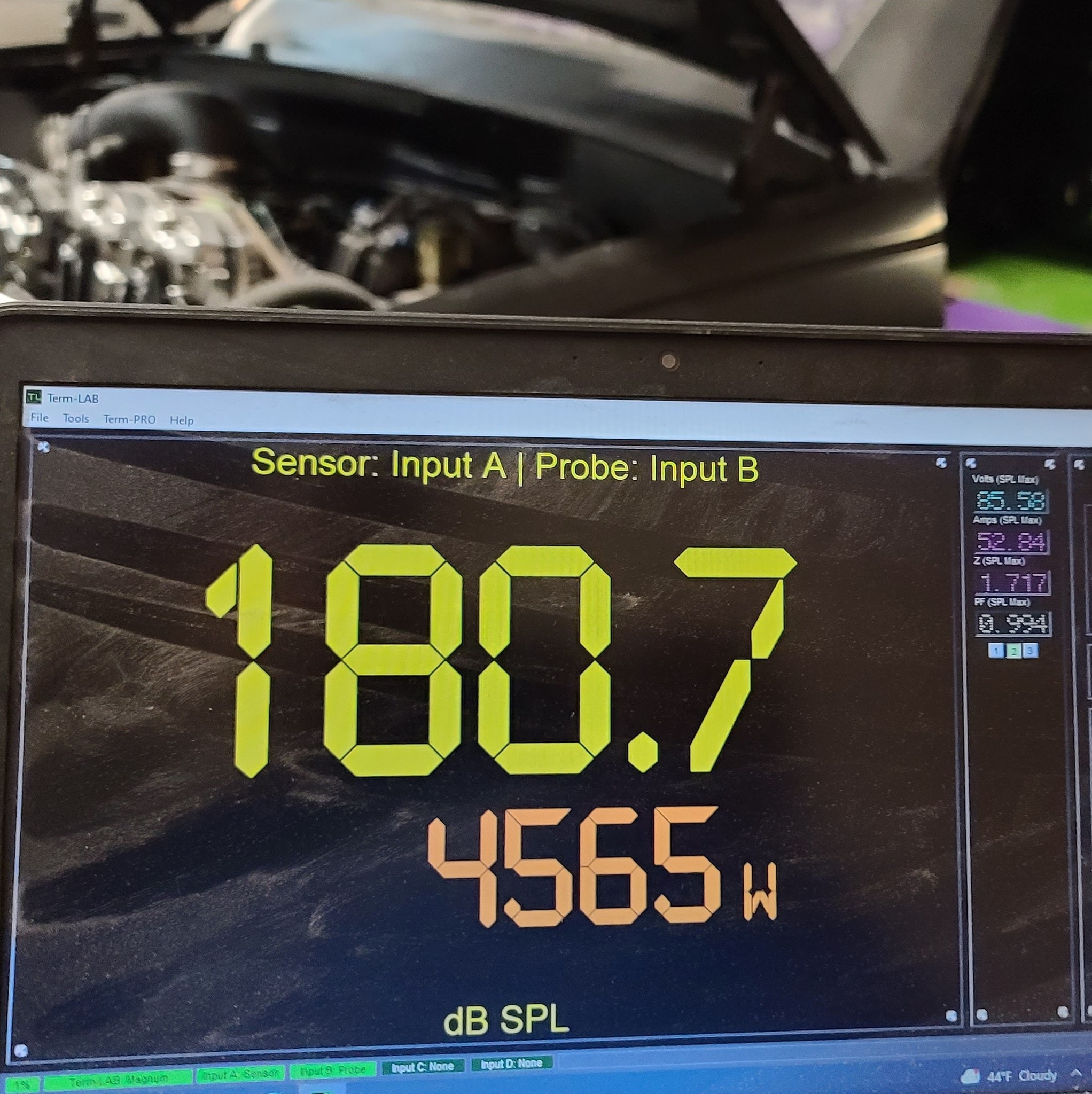Step-by-Step Guide: How to Build a 4th Order Bandpass Subwoofer Box Design
Posted by Dominic Martino / Jacob Morris on Jun 1st 2024
Step-by-Step Guide: How to Build a 4th Order Bandpass Subwoofer Box Design
If you’ve been searching for the ultimate 4th order bandpass subwoofer box design, you’ve come to the right place. At Amped Up Car Audio, we specialize in helping car audio enthusiasts take their builds to the next level. This step-by-step guide covers everything you need to know about 4th order boxes, from ratios to port area, so you can design a system that hits harder, plays lower, and performs at competition level.

What Is a 4th Order Bandpass Enclosure?
A 4th order bandpass box combines two chambers into one powerful design:
-
Sealed chamber = controls the woofer and extends low frequency response.
-
Ported chamber = amplifies output at a tuned frequency.
-
Result = loud, efficient bass with monster low-end potential.
The woofer fires into the sealed side, and sound exits through the ported side. This setup creates massive efficiency in a narrow frequency range — perfect for competitors or anyone chasing extreme lows.

Large-Ratio 4th Orders: Why They Hit Harder
Large-ratio 4ths shine with fewer subs and more ratio. The design focuses power and efficiency rather than spreading it across too many drivers.
-
3:1 ratio = great balance of loudness and lows.
-
4:1 or 5:1 ratio = insane SPL potential (if you have space).
Efficiency Gains
-
1:1 → 3:1 = ~3 dB louder (like doubling cone area or power).
-
2:1 → 3:1 = ~1.5 dB louder.
Pro Tips from Experienced Builders
-
Medium/soft suspension subs work best in 4th orders.
-
Common sealed chambers get louder but risk damaging all subs if one fails.
-
High motor force subs can use smaller sealed sections effectively.
-
Test sealed resonance before adding the loading wall — that frequency will guide your port tuning.
-
Invest in a DATS/WT3 tester for precise, data-driven tuning.

Step-by-Step: How to Design a 4th Order Bandpass Box
Step 1: Check Your Subwoofer Specs
Use your subwoofer’s T/S parameters to determine if it’s suited for a 4th order wall design or box.
-
FS ÷ QES
-
45 and below → sealed/4th order friendly.
-
55 and above → better for ported/6th order.
-
-
QTS
-
Above 0.55 → usually better for 4th order.
-
Below 0.45 → better for 6th order.
-
Pro Tip: Some subs break the rules. Always evaluate both FS/QES and QTS before finalizing your build.

Step 2: Define Your Design Goals
Ask yourself: Do I want SPL, low end, or daily use?
-
SPL Builds: Port tune higher, around 55–65 Hz.
-
Low-End Builds: Tune in the 44–46 Hz range.
-
Daily Drivers: Aim for 47–52 Hz.
Your vehicle’s acoustics also play a role — most vehicles peak 3–4 Hz below tuning.

Step 3: Dial in Your 4th Order Port Area
The 4th order port area is crucial to airflow and loudness.
-
Start with ~½ of cone area as a baseline.
-
Use software (WinISD, BassBox Pro) to model port velocity.
-
Avoid top ports if possible (less efficient).
-
Driver’s side port is usually ~1.5 dB louder than a center port.
-
Always flare your ports to reduce noise.
Step 4: Build with Precision
-
Keep all subs on the same plane when possible.
-
Add polyfill (fiberfill) to the sealed chamber to simulate up to 30–40% more volume.
-
Build your shell, then test sealed resonance before finalizing the loading wall.

4th Order Wall Design vs. 4th Order Box Design
-
4th Order Wall Design:
-
Enclosure replaces the rear of the vehicle, maximizing output for demo builds.
-
Great for SPL competitors who want extreme efficiency.
-
-
4th Order Box Design:
-
Traditional enclosure that fits in trunks, hatchbacks, or SUVs.
-
More compact but still delivers massive low-end.
-
Common Mistakes to Avoid
-
Overstuffing fiberfill — too much can hurt performance.
-
Incorrect ratio — smaller ratios won’t deliver SPL gains.
-
Under-porting — causes noise and poor output.
-
Ignoring sub specs — not all subs are ideal for a 4th order box.
Final Thoughts
A 4th order bandpass box design is all about balance — getting the ratio, port area, and tuning right for your subs and your goals. Whether you’re after an everyday build with strong low end or a wall-shaking SPL monster, a 4th order can deliver results that sealed or ported enclosures alone simply can’t match.
At Amped Up Car Audio, we stock the subs, amps, wiring, and accessories you need to bring your 4th order build to life — from Sundown Audio and Crossfire to DC Audio, Down4Sound, and Ruthless Audio.
Start building your 4th order box today at AmpedUpCarAudio.com and #GetAmpedUp.
